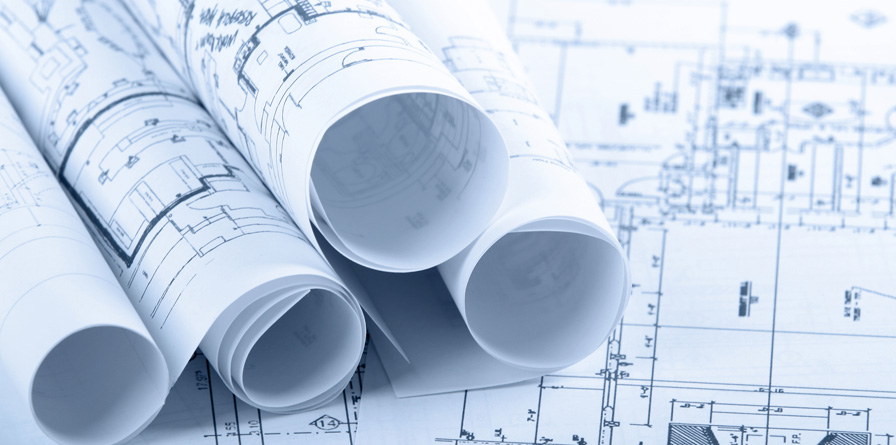A&E SECURITY CONSULTING CASE STUDY
Integrated Security Design
Whether it’s a large-scale hospital project or a small office renovation, these projects typically utilize the services of architectural firms and other design professionals such as engineers, landscape architects and interior designers. Often by default, the security systems’ planning and design falls to the project engineer.
Engineering firms typically employ registered professionals that address major building systems such as electrical, plumbing and HVAC and often don’t have the unique core competencies required to design and implement the most current security technologies. Engineering firms often approach security as a commodity and just another low-voltage system, with little to no consideration of the organization’s security capabilities, programmatic and policy requirements or standards. So the designs often fall short of the end user’s expectations.
We focus solely on the security industry. Our staff is educated on emerging security technology trends, carry industry recognized credentials and understands how to implement and design these technologies, particularly in network-centric environments. With vast industry knowledge, we work with many large and mid-size system manufacturers across many vertical markets.
APPROACH:
We work with A&E partners to understand the threats, risks, vulnerabilities and other security issues the end user faces as well as assist with developing practical security technology designs and specifications to integrate into the overall project bid package.
We can provide the design for completely new greenfield application or assist with updating existing systems through mitigation strategies. We understand the client’s needs while being sensitive to budget and organizational culture.
SRMC can work as an integrated design team partner with the project architect through all phases of the project, including programming, schematic design, design development, construction documents and construction administration. We design contemporary, network-centric, custom, complex and integrated security technologies systems that fit the end user’s needs.
Integrated Security Design Packages Include:
Work in AutoCAD and Revit design platforms
Develop customized CSI Division 28 specifications
Budgets for security system installations, upgrades, retrofits, services, cost of ownership, ROI, etc.
Develop Schedule of Values
Work closely with end user network administrators on security and IT convergence needs required in Division 28
Interface and integrate with door hardware consultants and Division 8 contractors on electrified door hardware platforms due to our high level of competency in this area
Address Crime Prevention Through Environmental Design (CPTED) issues and concerns
“URS recently utilized the services of Security Risk Management Consultants to conduct peer review of our security design efforts for a project with a large municipality. Our experience with SRMC was outstanding and I would highly recommend their services to other organizations seeking assistance with security assessment and technology design needs. The staff is professional, highly knowledgeable of the most current security technologies and understands from an operational perspective what it takes to make these complex systems work. We look forward to future opportunities with Security Risk Management Consultants.”
Results
We work seamlessly with the design team to deliver a security design package that provides both the project architect and end user a holistic approach, allowing security contractors a clear, concise bid document for implementing security technologies. We place significant importance on providing review of bid documents and submittals, along with construction administration oversight and final system testing and commissioning.
As part of the project commissioning, we verify the operability and workmanship of 100 percent of the devices, software/hardware integration and all other components of the system, training and documentation. An effective commissioning process is an essential element of every successful installation, and end users shouldn’t accept less.



